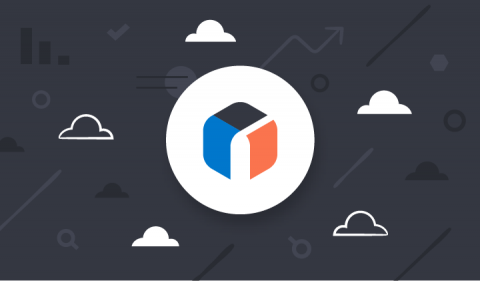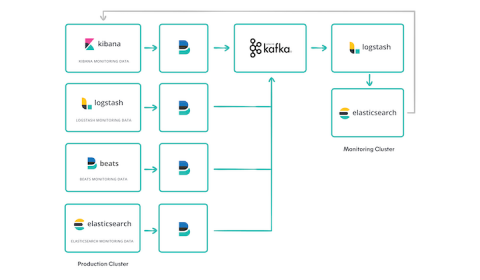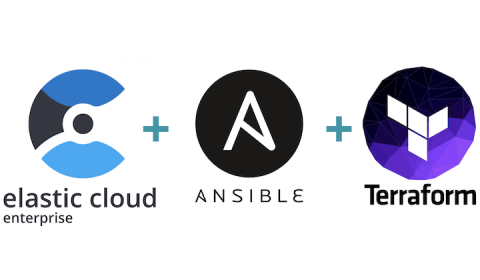Elastic partners with DDC to offer free election security to 2020 campaigns
We are excited to announce that Elastic will offer free, monitored Elastic Endpoint Security to the 2020 US presidential and congressional campaigns in partnership with Defending Digital Campaigns. Defending Digital Campaigns (DDC) is a non-partisan organization that provides low- and no-cost security products and services to federal campaigns to help defend them from cyberattacks and election interference.








